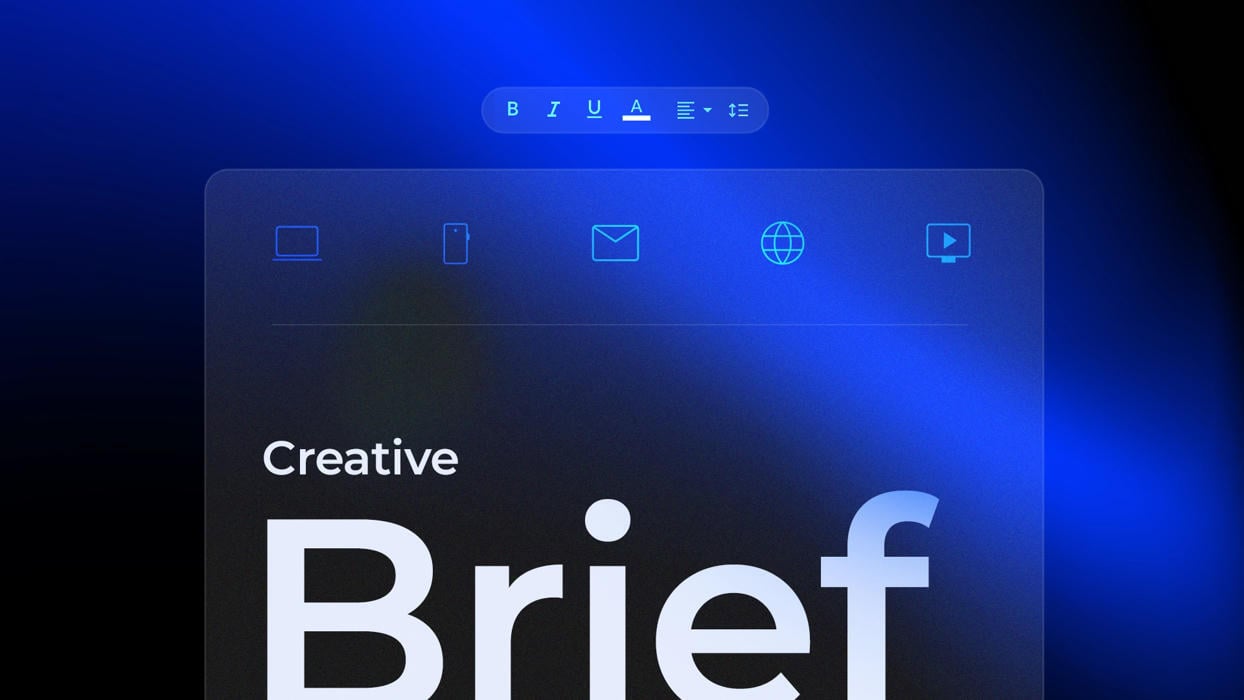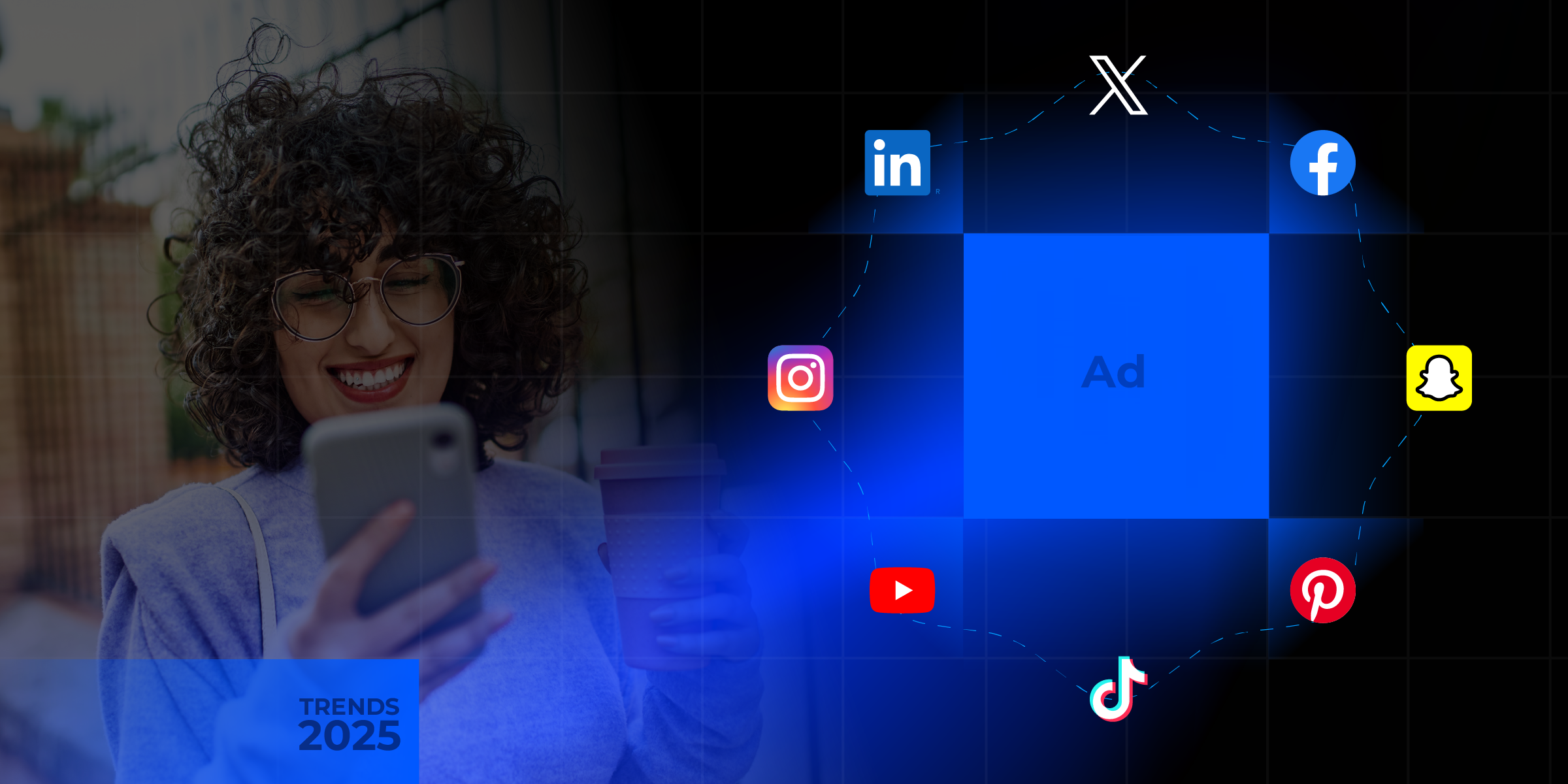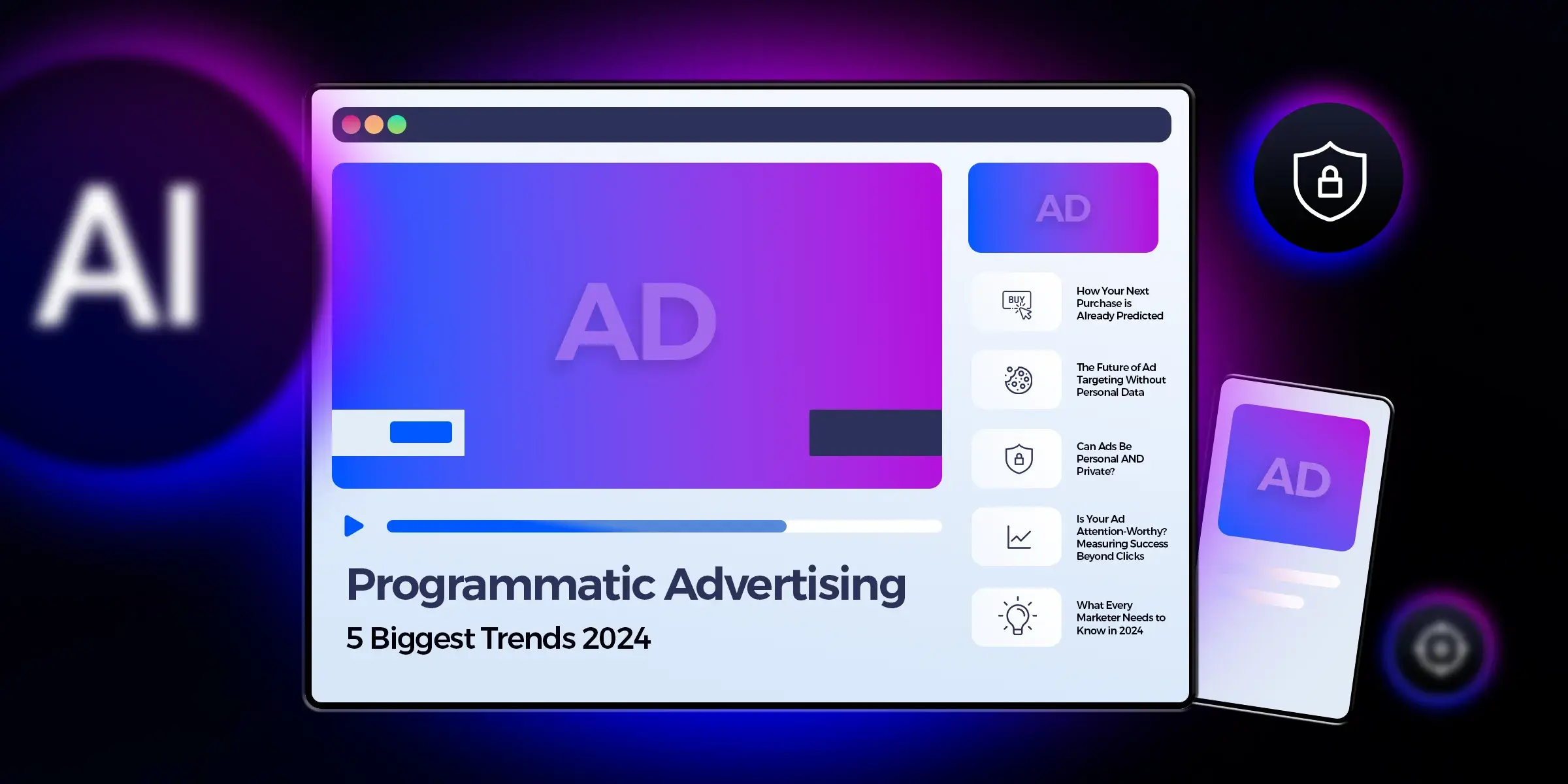No truly impactful ad can exist without the right creative brief. But here’s where marketing teams often get it wrong: they want an omnichannel marketing campaign. They create and deploy their strategy. But they don’t know how to create an omnichannel creative brief.
A good omnichannel creative brief is more important to your omnichannel strategy than most marketing teams imagine. It keeps your brand safe, your tone of voice and visuals consistent across all channels, while still allowing your team to make channel-specific adjustments as needed. So, creating the right brief is important. Let’s dive into how to do that:
Key Components of an Effective Omnichannel Creative Brief
An omnichannel creative brief moves your marketing team’s focus from “Here’s what we’re making for this platform” to “Here’s the big idea and how it should come to life everywhere customers will see us”. So, all successful omnichannel creative briefs have some main points of focus in common:
Campaign Objective and KPIs
When setting objectives for an omnichannel campaign, vague metrics aren’t enough. Your team can’t rely on generic phrases like ‘drive engagement’ or ‘raise awareness’. Remember: this is an omnichannel campaign, so each channel has a different purpose. You need to look into each channel and how it serves your omnichannel strategy.
When outlining this section in an omnichannel creative brief, your team will need to capture both campaign-wide KPIs, as well as channel-specific ones. Your omnichannel creative brief should make it explicit how the channel-specific KPIs roll up into the bigger, campaign-wide picture, so creative choices in one channel don’t derail the bigger goal.
Audience Insights by Channel
A traditional creative brief might stop at a single “target audience” definition. But an omnichannel creative brief needs to go deeper. Why? The same audience behaves differently depending on the channel.
An effective omnichannel creative brief should outline audience expectations and behaviors for each of the channels your strategy focuses on. When audience insights are spelled out channel by channel, teams avoid the trap of creating a “one-size-fits-all” master asset. Instead, they design channel-flexible assets that ladder up to the same story but resonate in context.
Core Message and Adaptable Hooks
The biggest risk in omnichannel campaigns is fragmentation: one version of the story on CTV, another on social, a slightly different one in display. That’s why a good omnichannel creative brief must define the non-negotiables of the campaign message: the central idea every channel of your campaign needs to center around. At the same time, your omnichannel creative brief needs to be flexible enough, highlighting the hooks, visuals, or calls-to-action that are tailored to each environment without diluting the core story.
In your brief, outline the key elements that must remain unchanged across every channel. For example: brand promise or value proposition , tone of voice, primary CTA, visual identity. These will be the guardrails for the creative team. No matter the channel, these elements should never drift.
Hooks are where your team can be flexible. They allow the same audience to experience the campaign in different, context-appropriate ways while still recognizing the consistent story. By building these into the brief, creative teams know what can bend to fit the channel, and what must stay intact to protect the campaign’s integrity.
Creative Mandatories and Guardrails
Omnichannel campaigns only succeed when every touchpoint feels like part of the same story. This requires clear elements that must appear in every execution, but also guardrails for how those elements can flex without breaking brand consistency.
A strong omnichannel brief clearly communicates and guides your teams through these:
Brand tone of voice: Should copy be playful, authoritative, empathetic? Tone consistency is just as important as visuals when audiences move between channels.
Logos: The brief needs to specify usage rules: placement, clear-space requirements, size ratios, and when alternate versions can be used.
Calls-to-action (CTAs): You need to define the CTA style: button vs. text, color treatments, and approved wording.
Typography: The brief needs to list primary and secondary fonts, acceptable substitutions, and rules for hierarchy.
Aspect ratios and formats: Outline which ratios are mandatory for each channel, ensuring assets can scale across feeds, stories, CTV, and banners without rework.
Remember, the point isn’t to lock creatives into rigid templates. It’s to define the non-negotiables that protect brand equity, while at the same time allowing for flexibility when needed.
Media and Format Overview
After covering mandatories and guardrails, the omnichannel creative brief needs to clearly state where the campaign will run and what formats are required. This way the whole team is aligned and work is seamless from the get-go.
A comprehensive media and format overview should cover:
Channel mix: Which platforms are being activated.
Placement details: For each channel, the exact environments (e.g., Instagram Stories vs. Instagram Feed; YouTube skippable pre-roll vs. bumper).
Format requirements: Asset sizes, aspect ratios, max file sizes, animation length limits, or screen resolutions.
Timeline and Workflow
While all campaigns need a clear timeline, this becomes even more crucial when deploying an omnichannel marketing campaign. A clear timeline and workflow helps teams understand not only when deliverables are due, but also how production and testing should be phased to maximize impact.
Make sure you include not only elements such as creative deadlines, approval workflows and A/B testing timeframes, but also important sequencing information. Omnichannel campaigns are deployed in stages based on channels, so make sure that cadence you have created is reflected in your omnichannel creative brief.
With this section, the brief gives teams not just deadlines, but a strategic production flow, ensuring creative is delivered on time, sequenced correctly, and built for ongoing optimization.
Measurement and Optimization
No campaign should be left in a set-and-forget mode. Measuring results and optimizing your campaign accordingly is as important as deploying it in the first place.
Key elements to include in this section of your omnichannel creative brief are:
Measurement framework: Outline how your already defined campaign KPIs will be tracked across channels.
Attribution approach: Clarify whether the team is using last-click, multi-touch, or data-driven attribution to evaluate performance.
Channel-level reporting cadence: Weekly, bi-weekly, or monthly reports to compare channel performance against benchmarks.
Optimization plan: Define when and how creative will be iterated. This could include swapping out underperforming hooks, refreshing visuals, or reallocating spend to better-performing channels.
Feedback loop: Specify how learnings will be documented and shared with creative, media, and strategy teams to inform future briefs.
From Creative Brief to Success
An omnichannel creative brief is more than a planning document. It's the strategic foundation that keeps your omnichannel campaigns consistent, scalable, and effective across every channel. Whether you’re launching your first omnichannel campaign or refining your process, start by asking: does our brief connect every channel to one shared vision? If the answer is yes, you’re already on the path to creatives that perform powerfully.









